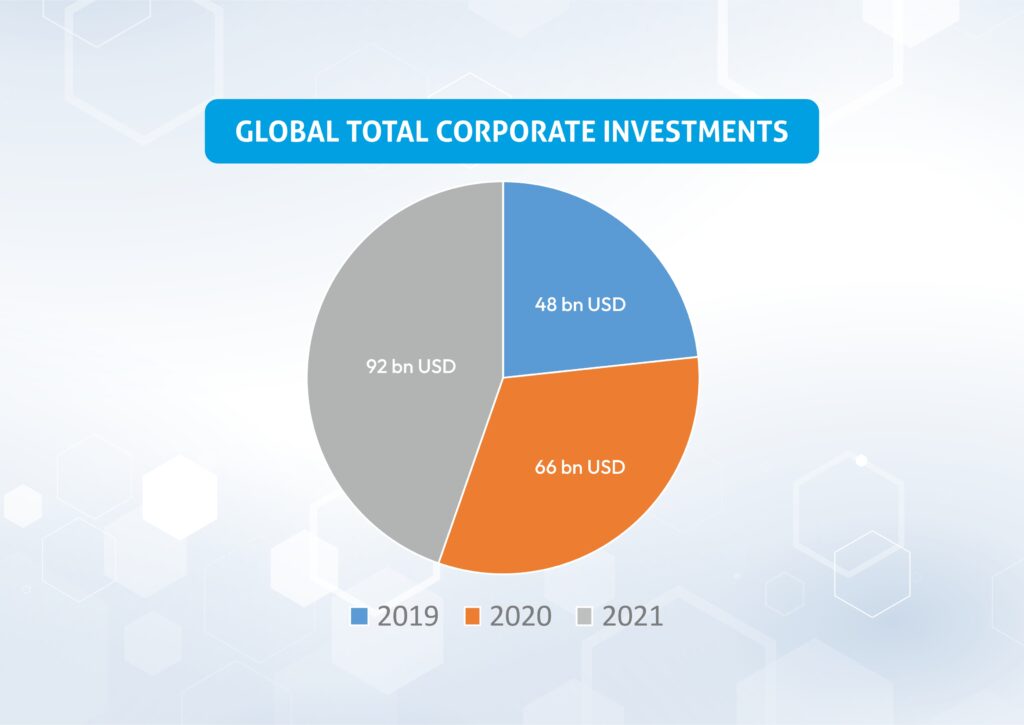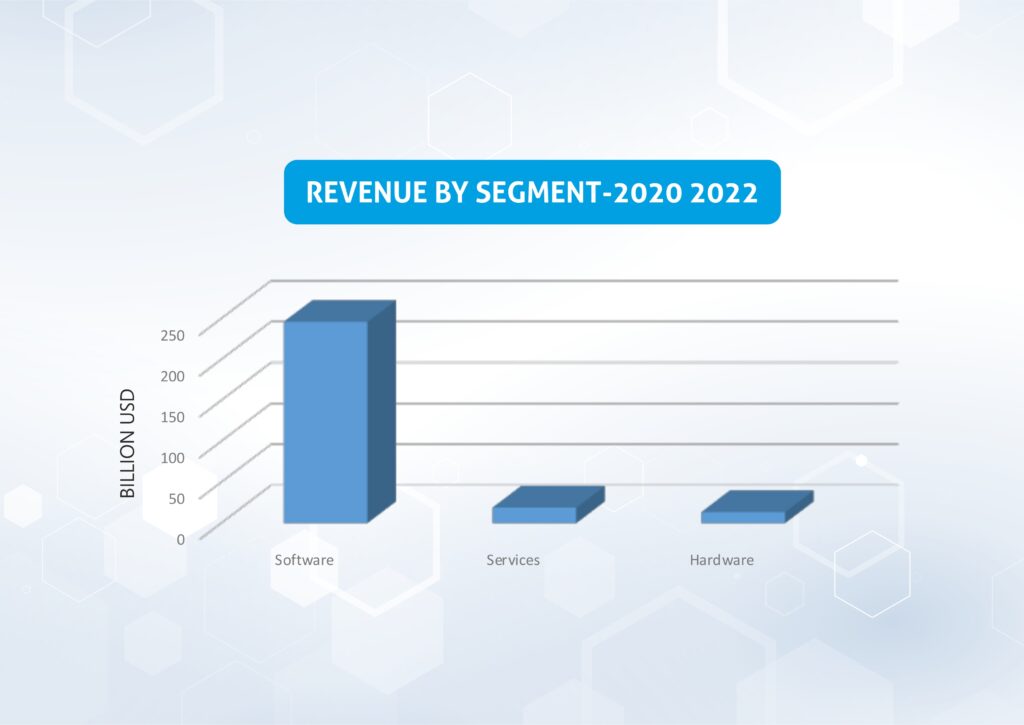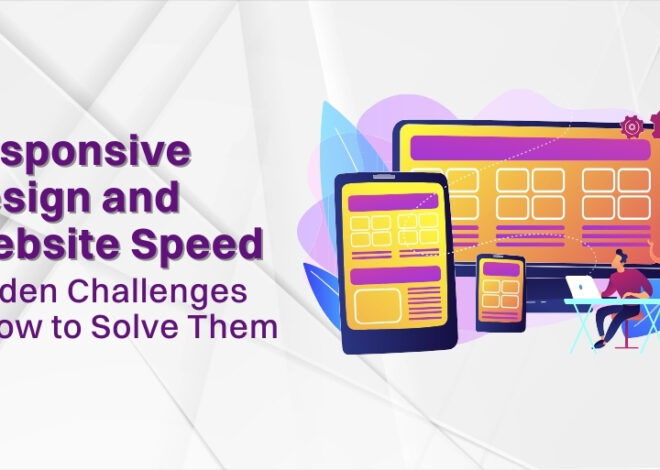
Advantages and trends of Artificial intelligence in 2023
One of the most intriguing technologies in the corporate sector is artificial intelligence (AI). AI is used by many companies to influence crucial business choices and has a wide range of other uses.
The technology is new, though, so there are a lot of unanswered questions as well. The use of AI in digital marketing and if it is reshaping the market are two often-asked questions.
Yes is the short and sweet response. Digital marketing has the ability to evolve and be transformed by artificial intelligence. Digital marketing is already a sizable sector, and AI development will only make it better.
Yet how? That is precisely what this blog article will do.

Enhances Efficiency
The ability to be more effective thanks to AI technology is one of their biggest benefits. AI may be utilised to accomplish much larger, more complicated jobs as well as smaller, repetitive ones more quickly. Whatever their use, AI systems are not constrained by human limits and never become old.
To reduce tedious tasks
The reality of AI isn’t always glamorous, unlike what you may have seen in the movies. In reality, it is frequently employed to carry out boring, time-consuming jobs that people would not particularly like. For instance, insurance companies utilise AI to process claims more quickly and in greater volume than they could manually, giving employees more time to work on other crucial tasks. To automate tedious tasks like data input, programmes may also read and duplicate a user’s keystrokes. On the other hand, when used in conjunction with other technologies, AI can also handle enormous volumes of complex data and provide accurate, precise, and useful insights.
Use of Natural language processing
AI has numerous useful uses for enhancing human processes, even though it is usually used to automate complete activities. Natural language processing (NLP) and automatic voice recognition (ASR) are examples of deep learning technologies that have revolutionised the way people work in industries including education, media and entertainment, and law enforcement. ASR technology can automatically create transcripts of any audio or video by translating spoken words into text.
Reduces scope of errors
AI systems do not experience tiredness, as we have already explained. However, humans experience fatigue. The human brain can only maintain its attention on one activity for so long before it begins to drift. People are more inclined to make bad choices and are more prone to errors when they are sleepy. A human mistake can occur more frequently while performing repeated tasks since it is simpler for people to become distracted when doing so. But because they are designed for a certain purpose, AI systems don’t need to pay attention. And for certain tasks, AI systems remove the possibility of human mistakes, resulting in a more accurate outcome.
Better utilisation of data
Despite the fact that modern organisations are awash in data, are they making the most of it? Manual data analysis takes a lot of time, while AI systems can process and analyse enormous volumes of data very quickly. Based on your past data, AI systems can swiftly uncover pertinent information, spot trends, make judgement calls, and provide suggestions. Algorithms, for instance, may assess marketing materials’ efficacy rapidly, pinpoint consumer preferences, and provide useful information based on those customers’ actions.

Influences business dynamics
Business executives are able to make better, more informed decisions that will improve their operations thanks to this capacity for deeper data analysis. Consider categorization modelling. These machine learning algorithms make an effort to get a conclusion using training data that has already occurred. The model will categorise, or “label,” fresh data after processing that training data.
Businesses use categorization models to analyse customer turnover and estimate the rate of churn. These models can produce a list of clients in danger of leaving, allowing a company to take proactive preventive measures. Classification models aid in lead scoring, which assesses a customer’s suitability for a certain good or service.
Businesses can respond quickly and effectively to consumer complaints and questions with the use of AI-powered solutions. Customers may receive highly tailored messages from chatbots that combine conversational AI with Natural Language Processing technology, which aids in determining the optimal answer for their needs. The stress on the customer care team may be lessened with the use of AI solutions, increasing productivity.
Newer avenues
AI technology has gone from simple Machine Learning to sophisticated Deep Learning models, which has enabled it to address complicated problems. Artificial intelligence (AI) is assisting organisations across sectors to identify the correct solutions to meet their difficulties more effectively, from fraud detection and tailored consumer interactions to weather forecasting and medical diagnostics. Greater productivity and cost savings result from more effectively handling complicated challenges.
AI-powered business forecasting not only assists organisations in making important choices but also gets them ready for any emergency to ensure company continuity. Given how strongly today’s risk management depends on data management and analysis, AI-powered systems can assist firms in making preventive crisis responses. Businesses may use AI and machine learning to build scenarios that will help them prepare for an immediate calamity.
Using AI solutions to automate routine corporate processes can also significantly lower the likelihood of a human mistake. Robotic process automation technologies may increase the efficiency of digital systems and reduce the likelihood that errors in data processing will occur or cause issues. They do this by handling the data entering and processing tasks.
Additional advantages of artificial intelligence include improvements in defence systems, space exploration, and many other areas. The potential for increased intelligence in technology is great as it continues to advance. Although it is impossible to foresee the exact course of AI, it will undoubtedly continue to help companies and end consumers in their daily lives.
Through the prism of data
The first important metric that most people are interested in is the revenue generated by AI. The revenue is mainly generated through three segments – Software, services and hardware. The first on the list is Software generating revenue of 246 billion USD in 2020, followed by services at 19 billion USD and then hardware at 13.5 billion USD.
Another important metric to look at is global total corporate investments, as it gives an idea about the capital flowing into it. In 2019, the investments made by corporates were 48 billion USD, and in 2020 it rose to 66 billion USD and in 2021 it was 92 billion USD, showing a secular uptick in the investment trends.
Having seen the revenue generated and investments by leading corporates, it is also pertinent enough to see which company has the highest number of patents filed in terms of AI and ML. The top one is Tencent having 9612 patents, followed by Baidu with 9500 patents and then IBM and Samsung with 7340 and 6786 patents respectively.
Future trends
AI will alter how data is gathered and analysed by digital marketers. Marketers will depend more and more on AI-enabled solutions to help them make sense of the massive volumes of data, better analyse consumer behaviour, create more specialised marketing campaigns, and assess the efficacy of their use of digital marketing techniques.
Additionally, marketers will be able to use AI to send highly customised messaging to customers based on their unique requirements and interests. This form of targeted communication will be quite helpful in increasing client loyalty and boosting revenue.
The emergence of the Metaverse is another new phenomenon that is anticipated to have a significant influence on digital marketing. A brand-new, immersive online experience called Metaverse has already begun to alter how digital marketers interact with customers. Brands may design their own virtual 3D environments in Metaverse to host everything from trade exhibits and product launches to virtual gatherings. It makes use of Mixed Reality, Augmented Reality, and Virtual Reality (MR). Businesses must develop new strategies to reach their target audience in the future due to declining user engagement on Meta and Twitter. Additionally, it could encourage the more inventive application of digital marketing instruments like influencer and content marketing. Because of this, more user-generated content (UGC) and natural methods of advertising goods and services are to be expected.









